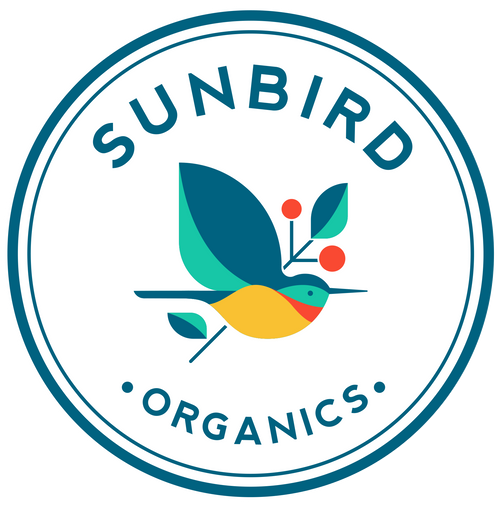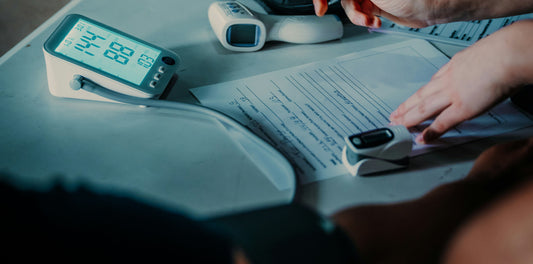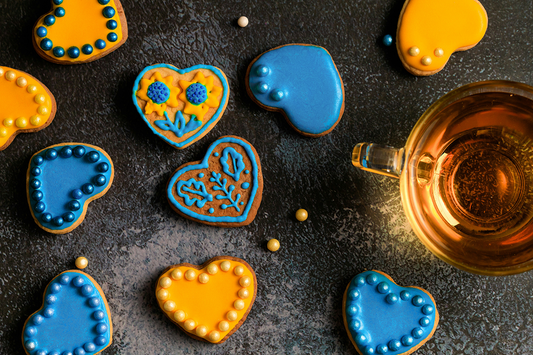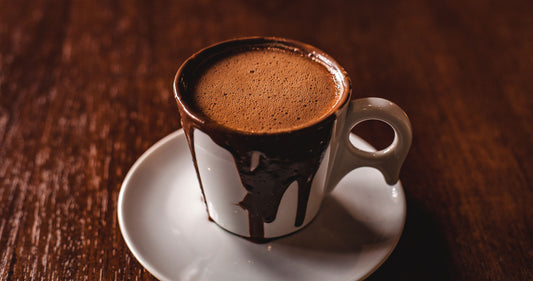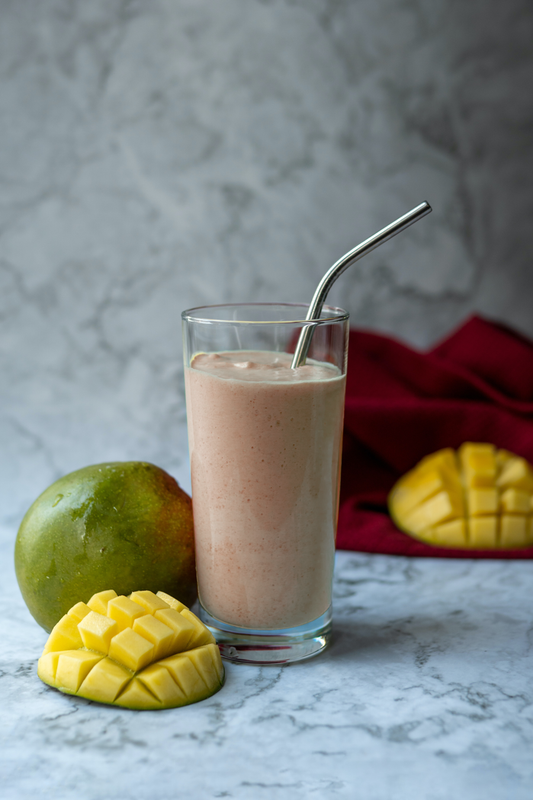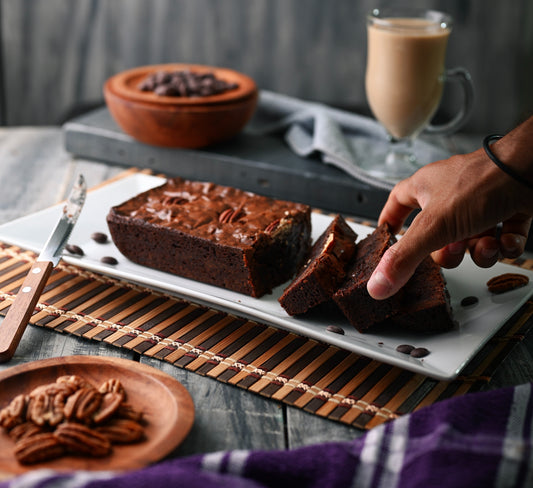What is iron?
Iron is a vital nutrient that helps your body maintain healthy muscle metabolism, physical growth, neurological development, cellular functioning, and synthesis of some hormones.1 You can obtain two types of iron from your diet, heme and non-heme iron. Heme iron is found in meat and poultry, and is touted as being more easily absorbed by the body than non-heme iron, which is the only iron found in plant sources. However, certain factors can improve or inhibit the absorption of non-heme iron, so people eating primarily plant-based diets can get adequate amounts of iron from their diet if they plan appropriately. This article discusses how people eating a plant based diet can ensure they’re getting adequate iron intake.

How much iron do I need?
The Recommended Dietary Allowance (RDA) for adult men is 8 mg daily and up to 18 mg for women, though more is required for those who are pregnant. Growing adolescents ages 14-18 also need more iron: 11 mg for boys, 15 mg for girls, 27 mg for pregnancy, and 10 mg for lactation. The RDA for women 51+ years drops to 8 mg with the assumption that cessation of menstruation has occurred with menopause. It may be noted that menopause occurs later for some women, so they should continue to follow the RDA for younger women until menopause is confirmed.1
Certain people may need a higher intake of iron because they are at risk for iron deficiency, including frequent blood donors and people with cancer, chronic kidney failure, gastrointestinal disorders or heart failure. If you fall into one of these categories, you may wish to contact your healthcare provider to see if you’re at risk for iron deficiency. 1,2
What plant foods are high in iron?
Good sources of iron include a variety of nuts, beans and seeds, including lentils, chickpeas, beans, tofu, cashew nuts, chia seeds, ground linseed, hemp seeds, and pumpkin seeds. Dark leafy greens like kale, and dried fruits like dried apricots and figs, raisins, are also good plant sources of iron.
Table 1: Iron Content of Selected Foods 1|
Food |
Serving Size |
Milligrams per Serving |
|
White beans, canned |
1 cup |
8 |
|
Dark Chocolate (at least 60%) |
3 ounces |
7 |
|
Dried apricots |
1 cup |
4 |
|
Lentil |
½ cup |
3 |
|
Spinach, boiled and drained |
½ cup |
3 |
|
Tofu, firm |
½ cup |
3 |
|
Kidney beans, canned |
½ cup |
3 |
|
Chickpeas, boiled and drained |
½ cup |
2 |
|
Tomatoes, stewed and canned |
½ cup |
2 |
|
Cashews, roasted |
1 ounce |
2 |

How can I improve iron absorption?
Your body’s ability to absorb iron will vary greatly according to other dietary factors such as phytate, polyphenols, calcium, and vitamin C. Fortunately, studies looking at people’s iron absorption across several meals found that the effect of any one of these variables on iron uptake was modest. 3 In order to optimize the amount of iron your body is able to absorb from the diet you eat, eating a source of 75 mg of vitamin C can increase the absorption of iron up to 400%.
To optimize iron absorption, you should also avoid food and beverages that contain high amounts of polyphenols and calcium, like teas, red wine, coffee, and calcium-fortified plant-based milks.
References
- Nationa Institutes of Health Office of Dietary Supplements. March 30, 2021. Iron Fact Sheet for Health Professionals. https://ods.od.nih.gov/factsheets/Iron-HealthProfessional/
- Harvard School of Public Health. The Nutrition Source: Iron. Accessed July 15, 2021 from https://www.hsph.harvard.edu/nutritionsource/iron/#:~:text=Non%2Dheme%20iron%20is%20found,heme%20iron)%20and%20fortified%20foods.
- Hurrell, R., & Egli, I. (2010). Iron bioavailability and dietary reference values. The American journal of clinical nutrition, 91(5), 1461S–1467S. https://doi.org/10.3945/ajcn.2010.28674F.
